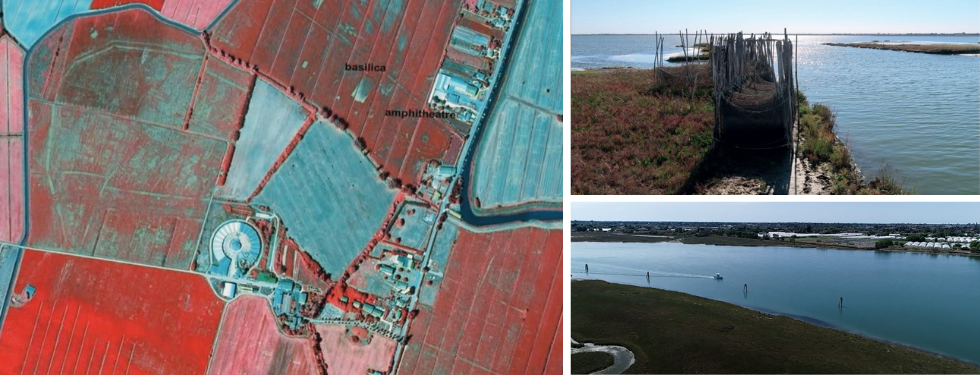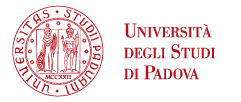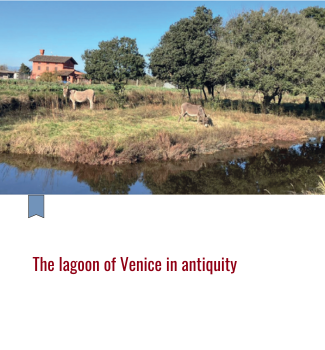The lagoon of Venice in Antiquity. Settlement dynamics, adaptive behaviours, paleoenvironmental reconstructions


Title: The lagoon of Venice in Antiquity. Settlement dynamics, adaptive behaviours, paleoenvironmental reconstructions
Scientific Person in Charge: Paolo Mozzi | Programme: PRIN 2022 DM 104/2022

General aim of the project is the reconstruction of the dynamics of the Roman settlements in the lagoon of Venice, taking in full account the paramount environmental changes that characterise lagoon systems. At the same time, it wants to address the relationship between environmental changes and cultural response by an integrated approach including historical and archaeological methods and paleoecological/paleoclimatic methods. In particular, the project wants to investigate the capacity of adaptation of human activities in an apparently hostile place and, on the contrary, the ability of exploitation of the environment, also through a comparison with other lagoons. The heart of the topic is the relationship of these communities with water and wetlands. Indeed, the lagoon of Venice and possibly other lagoons may have been used by the Romans as resources of high economic value, as well as strategic sites for the location of seaports. The analysis of the behaviour of the Romans in this area moves also through the study of some peculiar buildings and some techniques of construction, with large use of wood and reused amphoras, which seems to respond to the specific characteristics of this environment. To answer these questions, the team of archaeologists of the Università Ca' Foscari, together with geoarchaeologists, archaeobotanists and palynologists of the University of Padova and Florence, will investigate, through geophysical surveys, cores and targeted excavations, some sites in the lagoon of Venice, in the harbour area of Altinum and in the lagoon of Marano. The project will also contribute to the sea-level and climate changes studies offering significant data about the Roman period. Besides scientific publications,the results of the project will be communicated through the construction of a digital storytelling.






